Increased Focus on Cybersecurity
In the current landscape, the Monitoring Tools Market is significantly influenced by the heightened focus on cybersecurity. With the rise in cyber threats, organizations are prioritizing the implementation of monitoring tools that can detect and mitigate potential risks. The Monitoring Tools Market is expected to reach USD 300 billion by 2025, reflecting the urgency for robust security measures. Monitoring tools play a crucial role in this context, providing organizations with the ability to monitor network activities and identify vulnerabilities. This trend suggests that as cybersecurity concerns escalate, the demand for sophisticated monitoring solutions will likely increase, driving growth within the Monitoring Tools Market.
Adoption of Cloud-Based Solutions
The shift towards cloud-based solutions is a pivotal driver in the Monitoring Tools Market. Organizations are increasingly migrating their operations to the cloud, seeking flexibility, scalability, and cost-effectiveness. This transition has led to a growing demand for monitoring tools that can seamlessly integrate with cloud environments. Recent statistics indicate that the cloud monitoring market is expected to grow at a CAGR of 15% over the next few years. This growth is indicative of the broader trend towards digital transformation, where businesses leverage cloud technologies to enhance their operational capabilities. Consequently, the Monitoring Tools Market is likely to benefit from this shift, as organizations seek tools that can effectively monitor cloud-based applications and services.
Regulatory Compliance Requirements
The Monitoring Tools Market is increasingly shaped by stringent regulatory compliance requirements across various sectors. Organizations are compelled to adopt monitoring solutions that ensure adherence to industry standards and regulations. For instance, sectors such as finance and healthcare are subject to rigorous compliance mandates, necessitating the implementation of monitoring tools to track and report data accurately. The Monitoring Tools Market is projected to grow significantly, indicating a rising awareness of the importance of regulatory adherence. This trend suggests that as compliance requirements become more complex, the demand for specialized monitoring tools will likely increase, further propelling growth within the Monitoring Tools Market.
Growing Need for Performance Optimization
The need for performance optimization is a critical driver in the Monitoring Tools Market. Organizations are increasingly focused on enhancing their operational efficiency and productivity. Monitoring tools provide valuable insights into system performance, enabling businesses to identify bottlenecks and optimize resource allocation. Recent studies suggest that companies utilizing performance monitoring tools can achieve up to a 30% increase in operational efficiency. This trend underscores the importance of continuous performance assessment in today’s competitive landscape. As organizations strive for excellence, the Monitoring Tools Market is expected to witness a surge in demand for tools that facilitate performance optimization and drive overall business success.
Rising Demand for Real-Time Data Analysis
The Monitoring Tools Market experiences a notable surge in demand for real-time data analysis. Organizations increasingly recognize the value of immediate insights for decision-making processes. This trend is driven by the need for enhanced operational efficiency and the ability to respond swiftly to market changes. According to recent data, the market for real-time monitoring tools is projected to grow at a compound annual growth rate of approximately 12% over the next five years. This growth is indicative of a broader shift towards data-driven strategies, where timely information is paramount. As businesses strive to maintain a competitive edge, the Monitoring Tools Market is likely to see continued investment in solutions that facilitate real-time analytics.


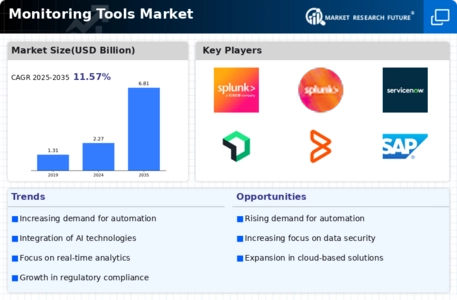
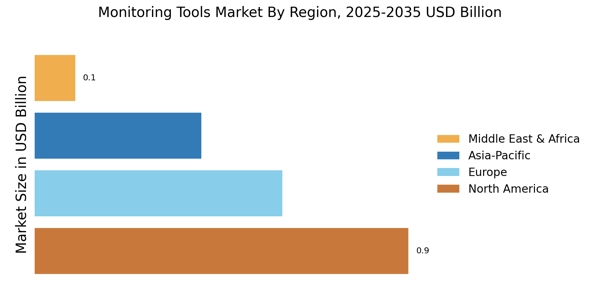
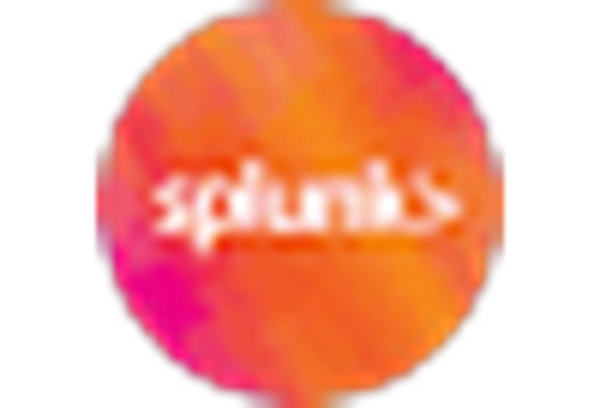
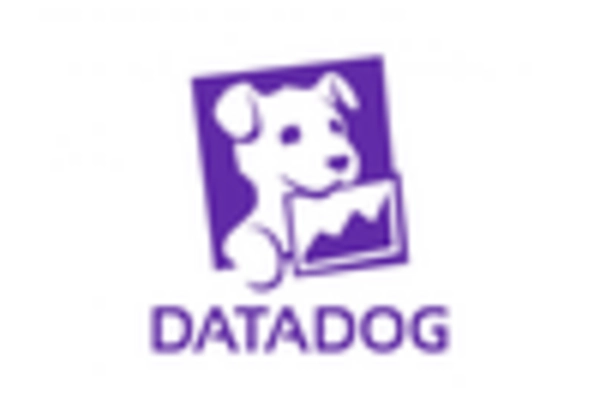
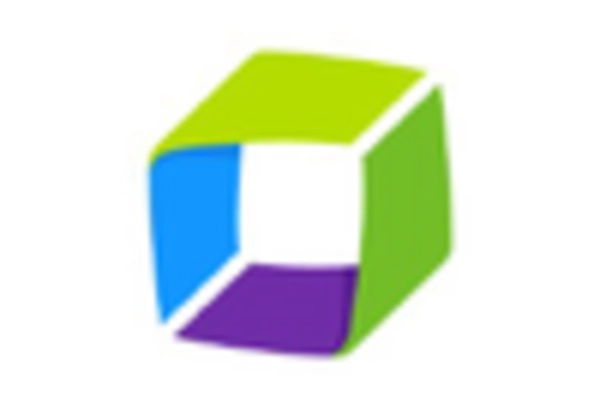
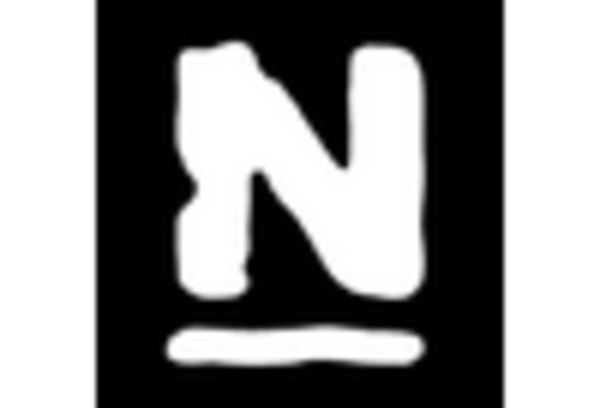
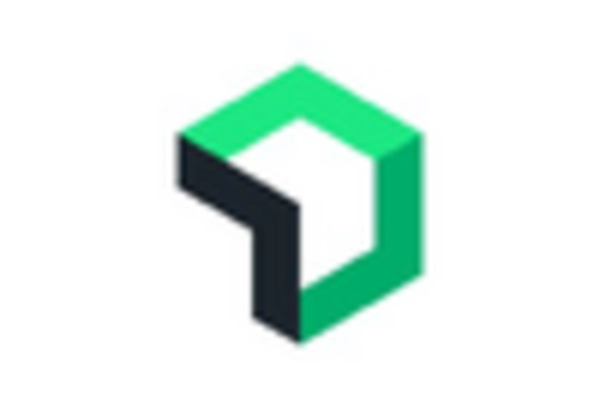
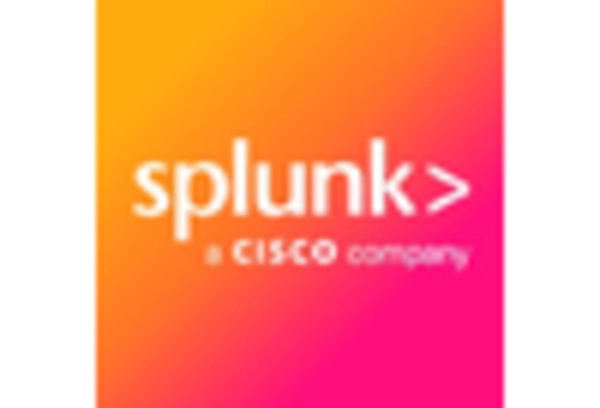








Leave a Comment